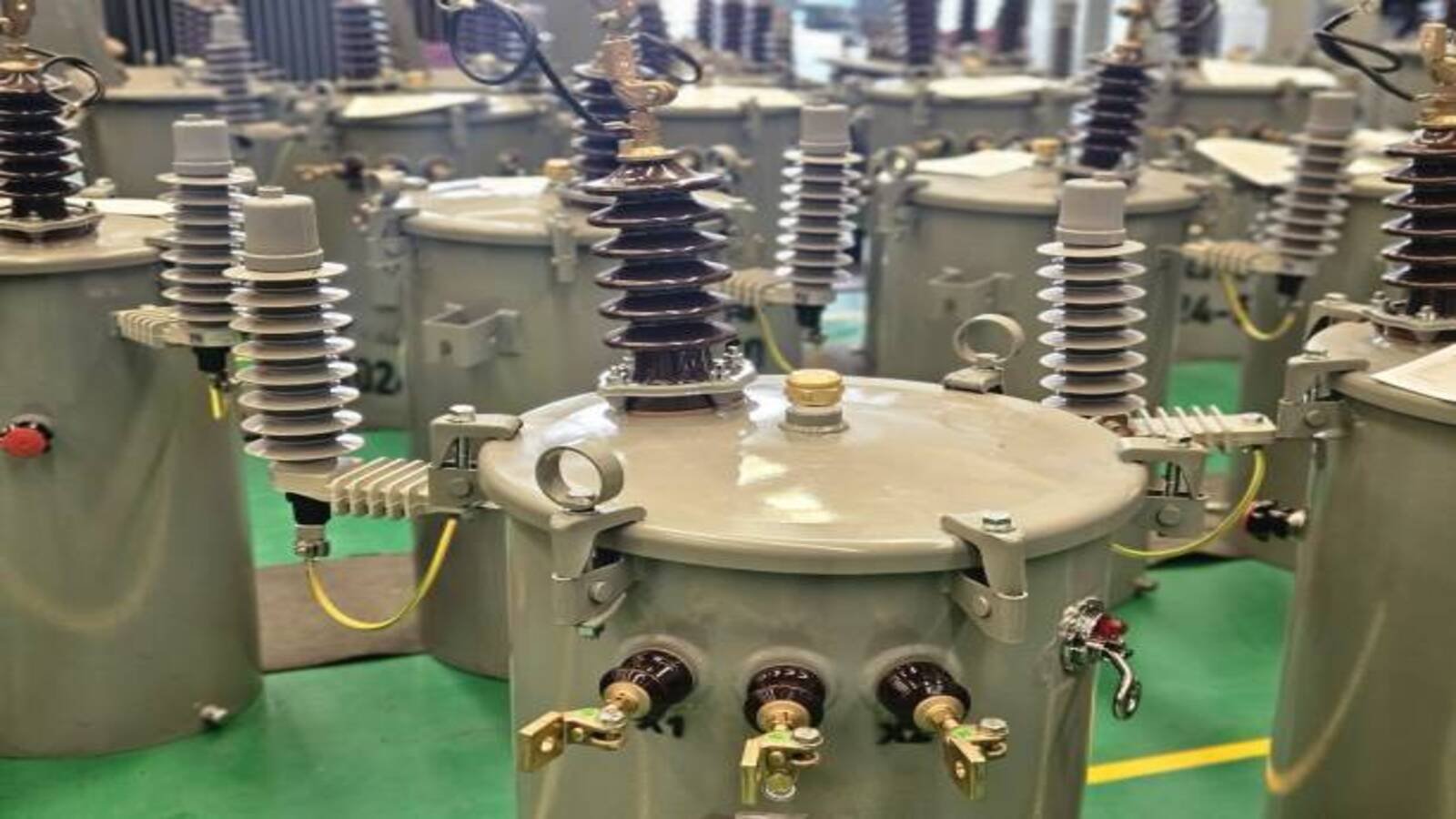The Advancements in Automated Manufacturing Technologies Impacting Switchgear Mechanical Parts
Automated manufacturing, or automation, refers to a process of producing goods using programmable software and machines for a full range of production processes, leading to more efficient, faster, and cost-effective manufacturing processes. This technology has profoundly impacted the manufacturing industry, and switchgear mechanical parts have not been left behind. This article will highlight the recent trends in automated manufacturing of switchgear mechanical parts that have led to increased productivity, safety, and sustainability.
The Rise of Robotics in Automated Manufacturing for Switchgear Mechanical Parts
Robotic automation has become a game-changer in the manufacturing industry, and switchgear mechanical parts are no exception. Robots can perform tasks such as welding, painting, and assembly with high precision and accuracy than manual labor. This has led to increased efficiency and accuracy in the production of switchgear mechanical parts. As the technology advances, more complex tasks can be automated, enabling manufacturers to produce switchgear mechanical parts with improved quality and output.
The Use of Artificial Intelligence in Automated Manufacturing for Switchgear Mechanical Parts
Artificial intelligence (AI) is transforming the way manufacturers produce switchgear mechanical parts. Smart machines with AI-powered algorithms can optimize production processes and minimize defects, thus improving quality control. AI can also analyze data in real-time, providing valuable insights into production performance, enabling manufacturers to make informed decisions quickly.
The Integration of Machine Vision Systems in Automated Manufacturing for Switchgear Mechanical Parts
Machine vision systems use cameras and computers to capture and analyze images of switchgear mechanical parts during the production process. This enables manufacturers to detect errors and defects early in the production process, reducing waste and improving quality control. Machine vision systems can also track the production process, enabling manufacturers to optimize production and streamline operations.
The Emergence of 3D Printing Technology in the Manufacturing of Switchgear Mechanical Parts
Additive manufacturing, also known as 3D printing, is transforming the manufacturing industry. 3D printers can produce complex switchgear mechanical parts with high precision and accuracy, in a matter of hours rather than days, as is the case with traditional manufacturing methods. 3D printing technology also reduces waste and the costs associated with prototyping and tooling.
The Use of Internet of Things (IoT) Technology in Automated Manufacturing for Switchgear Mechanical Parts
The Internet of Things (IoT) technology connects devices and machines used in the manufacturing process, offering valuable data insights. Manufacturers can use this data to monitor the production process, identify potential problems, and optimize performance. IoT also enables manufacturers to track products throughout their lifecycle, from production to disposal, ensuring that they meet industry standards and regulations.
The Application of Cloud-Based Technology in Automated Manufacturing for Switchgear Mechanical Parts
Cloud-based technology allows manufacturers to access and share valuable production data from any location. This promotes collaboration and expedited decision-making. Manufacturers can also store production data securely and access it anywhere, enabling real-time monitoring of the production process and improving efficiency.
The Adoption of Energy-Efficient Manufacturing Practices for Switchgear Mechanical Parts
Switchgear mechanical parts manufacturing process requires a lot of energy, and this has led to high operational costs and environmental impacts. As a result, manufacturers are adopting energy-efficient manufacturing practices to reduce their carbon footprint and operational costs. Such practices include the use of renewable energy sources, improved manufacturing technologies, and the implementation of sustainable supply chain practices.
The Use of Predictive Maintenance in the Manufacturing of Switchgear Mechanical Parts
Predictive maintenance is revolutionizing the manufacturing industry. By using sensors and analytics software, manufacturers can detect equipment failures before they occur, enabling preventative maintenance measures to be taken, reducing downtime, and saving on repair costs. Predictive maintenance also improves safety and reduces the risk of accidents in the manufacturing process.
The Adoption of Lean Manufacturing Practices for Switchgear Mechanical Parts
Lean manufacturing is a continuous improvement methodology that focuses on maximizing value while minimizing waste in the production process. This methodology has become popular in the manufacturing industry and is being adopted in the manufacturing of switchgear mechanical parts. By optimizing production processes, manufacturers can improve efficiency, reduce waste, and produce high-quality switchgear mechanical parts at lower costs.
The Role of Human Workers in Automated Manufacturing of Switchgear Mechanical Parts
While automation has transformed the manufacturing industry, the role of human workers is still essential. Human workers are responsible for monitoring the production process, maintaining machines, and performing tasks that cannot be automated. Manufacturers are investing in the upskilling and reskilling of their employees to ensure that they are equipped with relevant skills required for working alongside automated systems.
trends, automated manufacturing, switchgear mechanical parts, robotics, artificial intelligence, machine vision systems, 3D printing, Internet of Things (IoT), cloud-based technology, energy-efficient manufacturing, predictive maintenance, lean manufacturing, human workers
Trends in Automated Manufacturing for Switchgear Mechanical Parts: What You Need to Know
Discover the latest trends in automated manufacturing for switchgear mechanical parts, including the rise of robotics, IoT, cloud-based technology, energy efficiency, and more. Read on.
Quote Inquiry
Contact us!
